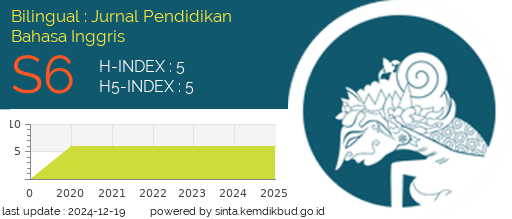The Implementation of Problem Based Learning (PBL) In Enhancing Students’ Reading Comprehension at The Eight Grade of SMP Swasta Taman Siswa Tapian Dolok
DOI:
https://doi.org/10.36985/0nhda191Keywords:
Problem-Based Learning, Reading Comprehension, Narrative Text, Junior High School, English Language LearningAbstract
This research investigates the implementation of Problem-Based Learning (PBL) as a method to enhance the reading comprehension of eighth-grade students at SMP Swasta Tamansiswa Tapian Dolok. Reading comprehension is essential for students to develop critical thinking and analytical skills, yet many learners face difficulties in understanding English texts. The research employed a quantitative approach with a pre-experimental one-group pre-test and post-test design. The sample consisted of 32 students from class VIII-A, selected through purposive sampling. The students were taught using PBL strategies centered around a narrative text—The Legend of Lake Toba. Data were collected through pre-test and post-test scores and analyzed using SPSS. The results showed a significant improvement in students’ reading comprehension after the implementation of PBL, as indicated by the increase in the mean score from 44.38 (pre-test) to 69.38 (post-test). Statistical tests confirmed the normality and homogeneity of the data, and hypothesis testing indicated a significant effect of PBL on students’ reading comprehension. This study concludes that PBL is an effective teaching approach to improve reading comprehension, especially when applied through culturally relevant and engaging texts
Downloads
Downloads
Published
Issue
Section
License
Copyright (c) 2025 Dita Anggraini, Rohdearni Wati Sipayung, Natanael Saragih (Author)

This work is licensed under a Creative Commons Attribution 4.0 International License.






